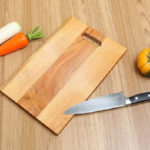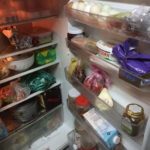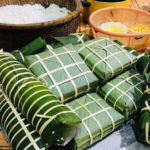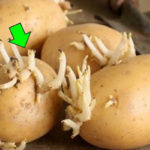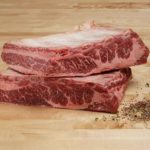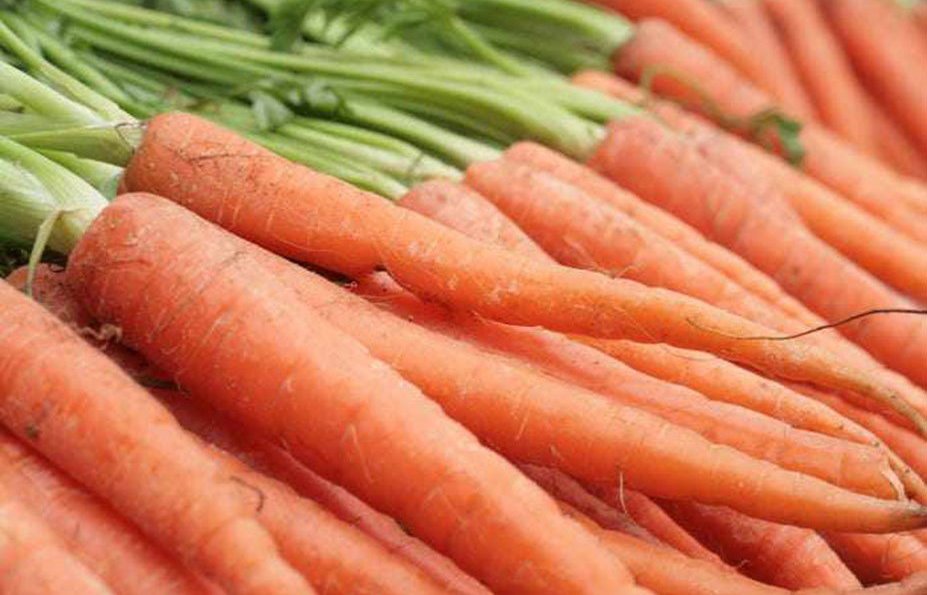
Some foods can still be eaten if you cut off the moldy part, but there are also some that you should discard as soon as you see mold.
The mold on the surface of food has a complex structure, often appearing as a white or green area. According to How Stuff Works, although the growth of mold appears to only occur on the surface, it is actually a type of fungus with all the parts such as roots, stems, and spores.
The root of the mold grows quite deep, usually not visible to the naked eye. The stems and spores are what you see on the spoiled food. The spores can spread in the air, contaminating neighboring foods.
Many people believe that moldy food cannot be eaten, but some believe that you can still use it by cutting off the moldy part. So what is the truth?
Food safety consultant Jill Taylor informed The Sun: “Some molds, such as those used in the production of cheese and meat, add flavor and characteristics to food, but other molds are toxic.” So whether you can continue to use moldy food or not depends on the type of food.
Foods that can still be eaten even if they have mold
Hard fruits and vegetables with low moisture
Hard vegetables like carrots, beets, and cabbage have low moisture and high acidity, making it difficult for mold to penetrate. As long as the vegetables are not wilted, you can cut off the spoiled parts and use the rest. This also applies to some fruits like apples and pears.
“Most molds that develop on fresh fruits and vegetables are not harmful. When an apple or pear becomes soft or discolored, mold can grow. But you can cut off the spoiled part and eat the rest as long as it doesn’t have worms or larvae,” says expert Jill Taylor.
For potatoes, when their skin turns green, it indicates the presence of the toxic solanine, so it is best not to eat them.
Hard cheese
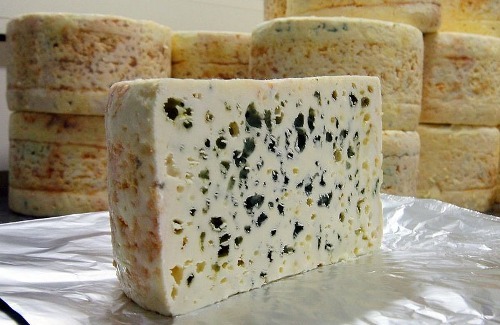
Roquefort is a type of cheese with a strong, spicy aroma, highlighted with blue mold.
Hard cheeses like Chedder and Parmesan, when moldy, do not penetrate beneath the surface, so you can eat the non-spoiled parts. Make sure to trim at least 1 inch around the moldy area and clean the knife because it can spread mold to other foods while cutting. However, if the cheese has become soft and mushy, bacteria and toxins have developed, and you should never eat it.
Also, note that there are some famous cheeses made from mold, such as Gorgonzola. This is a type that you can eat even when it is moldy. Mold is also used in Brie or Camembert cheese. In fact, it is a type of penicillin sprayed on it to form a layer of mold. Or like Roquefort cheese with small spots of green-blue like veins. To create this high-quality cheese, cheese makers add some edible and beneficial mold to it.
Fruit jam
You can simply remove the moldy part from the jam jar and use the remaining part normally, as long as it is not a diabetic or low-sugar type. Jam contains a high amount of sugar and is concentrated. The dryness and high sugar content prevent bacteria and mold from developing.
5 foods that should never be eaten when moldy
Foods with high moisture
Mold easily grows beneath the surface of high-moisture foods. These foods are also susceptible to bacterial contamination and can be very dangerous if consumed.
The US Department of Agriculture recommends that when you see leftover food, smoked meat, sausages, stewed meat, cooked pasta, peanuts, soft cheese, yogurt, cream, etc. with mold, you should throw them away immediately. They are soft foods and contain a lot of water, providing conditions for harmful mold to grow deeper inside after appearing on the surface.
Peanuts
Aspergillus is a type of mold commonly found on peanuts and some types of nuts and grains. They produce toxins that are harmful to the liver and other parts of the body. Even when cooked at high temperatures, these toxins do not disappear.
Bread
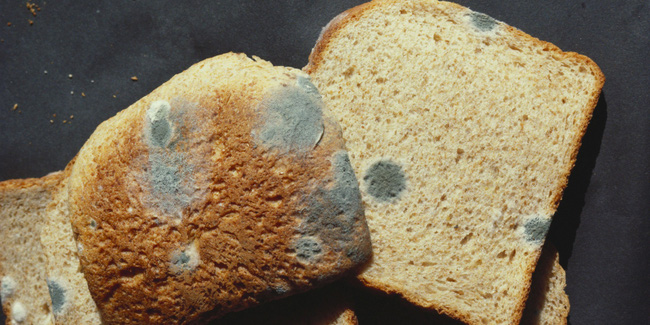
Eating moldy bread, even the parts that are not visibly affected by mold, can still have an impact on health.
In fact, many people, to save money, have removed the moldy parts of bread and eaten the remaining parts. However, experts in Australia warn that eating moldy bread, even the parts that are not visibly affected by mold, is one of the most common ways to cause food poisoning.
Mold can release toxic substances, including many types of mold that are too small to be seen with the naked eye, which can easily harm the immune system, liver, and kidneys.
When the moldy bread turns green, be cautious as the mold can be Aspergillus flavus – a mold that produces the toxic aflatoxin, which is known to cause liver cancer. Aflatoxin is classified by the World Health Organization as a Group 1 carcinogen – a group with sufficient evidence of causing cancer in humans.
Soft, watery fruits and vegetables
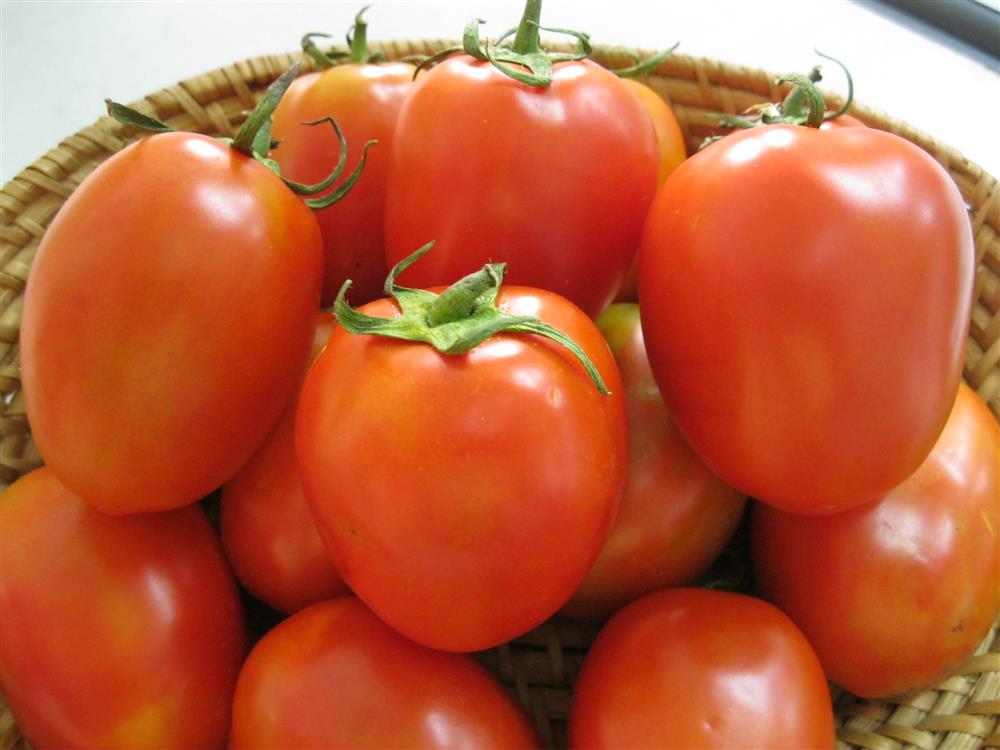
When you see moist fruits and vegetables like cucumbers, plums, tomatoes, etc. with mold, you absolutely should not use them to avoid health risks. Illustrative photo.
Moist fruits and vegetables like cucumbers, plums, tomatoes, etc. are prone to mold growth below the surface and can contaminate the entire fruit. When you see them moldy, you should absolutely not use them to avoid health risks.
Soft cheese, crumbled cheese
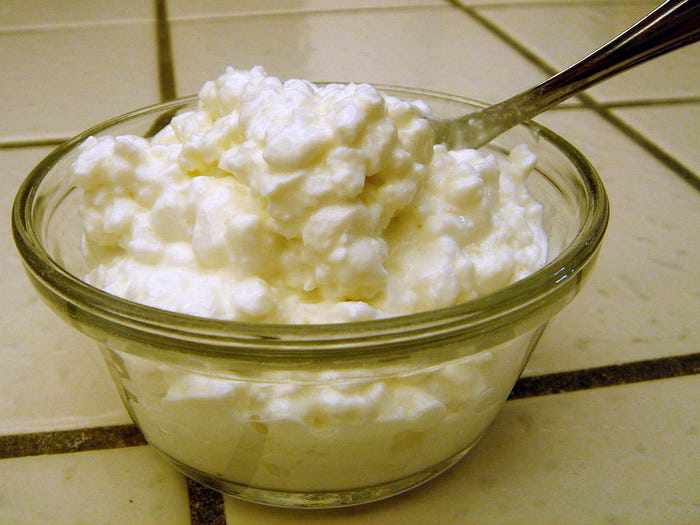
Soft cheeses with high moisture allow bacteria to easily penetrate beneath the surface. Illustrative photo.
Soft cheeses like fresh cheese, cream cheese with high moisture allow bacteria to easily penetrate beneath the surface and grow rapidly. If you see these types of cheese moldy, don’t hesitate to throw them away.
According to Giadinh.net
8 Common Mistakes People Make with Cutting Boards
Are you using your cutting board correctly? Many Vietnamese households rely on cutting boards in their kitchen, but not everyone knows how to use them properly, especially when it comes to wooden cutting boards. Check out these 8 mistakes to avoid when using a cutting board to ensure both hygiene and safety for everyone in your family.
Is Refrigerated Leftovers Linked to an Increased Risk of Cancer?
Dr. Lam Van Man, Head of Research, Development and Technology Transfer Department of the Institute of Safety Food, has warned of the risk of food poisoning when reheating leftovers from the refrigerator. But what should we be aware of when it comes to the possibility of these leftovers causing cancer? Here, we explore what the experts have to say on the matter and offer some tips for safe eating.
Preserving Leftover Food from the Tet Holiday
With the beginning of the Lunar New Year, many households are stocking up on food to celebrate the festive occasion. While keeping food in the refrigerator is convenient, it can also be harmful to users if not done correctly. We have compiled a few tips to help ensure food remains fresh and safe to consume during Tet.

